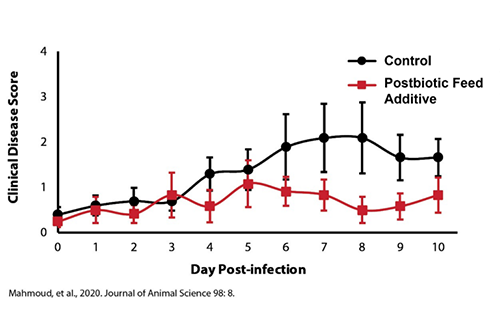
In about two short years, heifer calves born today will reach the milking herd. Ensure their success by making sure those two years are full of good health.
One disease that robs future productivity more than any other is Bovine Respiratory Disease (BRD), which is still the number one cause of death in pre-weaned dairy calves. There are three steps to BRD prevention that can help build immunity in the calf, reduce disease pressure from the environment, and create success over time.

The prevention of BRD starts with colostrum, and the making of quality colostrum starts in the cow. Colostrum production starts in the cow about five to six weeks prior to calving. If cows are vaccinated before colostrum development happens, the cow has time to build antibodies that can be transferred to the colostrum and subsequently to the calf.
Shortly after birth, a calf needs four liters of colostrum as soon as possible, followed by two liters each feeding, for several feedings. Second and third milking transition milk can then be fed to calves as a transition to continue to bathe the gut with immunoglobins and protect the calf from pathogens.
Once calves are a few days old, you should target feeding a gallon of milk three times each day. Get enough nutrition into the calves so they have the energy to grow at your goal rate and fight off disease pressures as they arise.

Calf immunity can be overwhelmed if the environment subjects calves to high pathogen loads. Create a clean, dry calving environment and move newborn calves to housing that has been disinfected to reduce pathogen load. Keep the housing area clean, dry, and well ventilated to continue to keep pathogen loads at a manageable level. You should also keep air moving around the calf to keep air clean and reduce ammonia levels.
Take special considerations when seasons change by adjusting ventilation to accommodate the temperature and humidity changes.
Step 3: Feed for stronger immunity
Remember that the right nutrition can help calves build immunity and enhance performance. A postbiotic can support both faster growth and immune function, so calves are better protected to fight off disease challenges.
An Iowa State University study (Mahmoud et al., 2020) included a postbiotic feed additive in milk replacer and top-dressed on starter feed for calves starting at one or two days. On days 19 to 21, calves were challenged with BRSV. Calves fed the milk replacer and starter with the postbiotic feed additive had reduced clinical signs related to respiratory health post-infection and lower lung pathology scores compared to control-fed calves that did not receive the supplement.

Research has demonstrated that feed additives like those offered in the Iowa State research can help with inflammation and help calves deal with the stresses and challenges they face every day.
There’s no single best way to raise calves. But with proper management, you can greatly impact their growth, nutrition, and health. Learn more at www.DiamondV.com.
